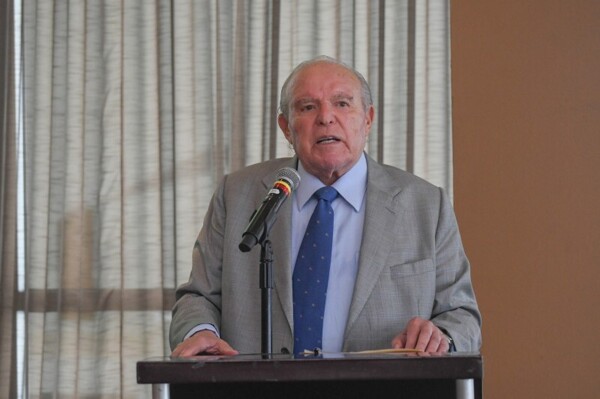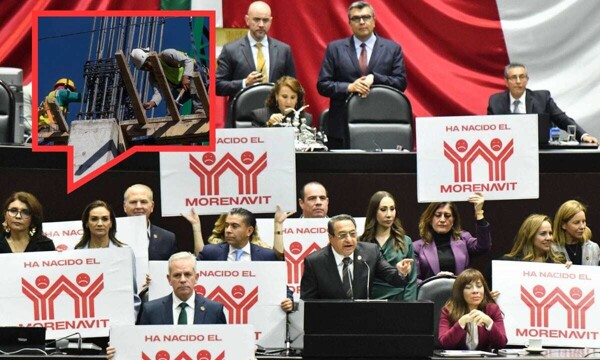
35 years ago, President Carlos Salinas reflected in his notebook the importance that Mexico had in the international community and the need to lead change on a global level. February 3, 1990 marked a milestone in the history of the country, with the arrival of the Mexican cabinet in Washington on a secret trip to finalize a free trade agreement with the United States. This event was captured in the book 'Allies and Adversaries' by the former president and in 'The Making of NAFTA' by Maxwell Cameron and Brian Tomlin.
At that time, foreign direct investment in Mexico amounted to 2.9 billion dollars annually, a figure that has grown significantly to reach 35 billion last year. Daily exports to the United States have risen from 100 million dollars to 2.3 billion today. The current uncertainty is based on the potential imposition of tariffs by Donald Trump, keeping the sectors that depend on the treaty in suspense.
The audacity of Jaime Serra Puche and the determination of the Mexican government led to crucial negotiations with the U.S. administration. In a scenario where the U.S. economy far surpassed that of Mexico, the idea of a trade treaty seemed a titanic undertaking. However, figures like Pedro Aspe, Guillermo Ortiz, and Herminio Blanco kept alive the ambition for an agreement that would be known in code as the Bilateral Trade Agreement (ABC).
Amid strategic meetings to discuss the privatization of public companies, the reduction of internal debt, and the transformation of banking, the seeds of the TLC (NAFTA) began to germinate within the upper echelons of the Mexican government. The long-term vision and determination to open new commercial opportunities with the United States marked a before and after in the economic history of Mexico. February 1990 would be etched in history as the beginning of a path that would transform the trade dynamics of the region.














